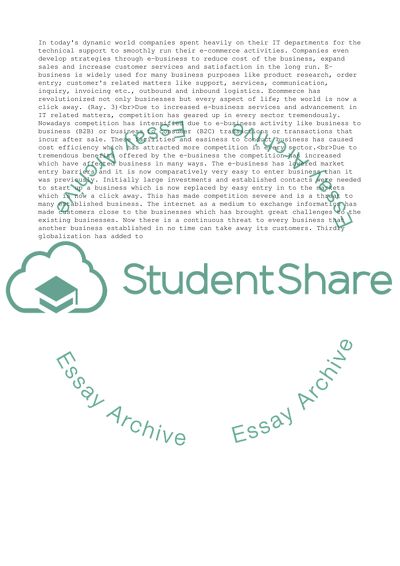Cite this document
(Emerging Technologies that address interoperability issues in an Essay - 1, n.d.)
Emerging Technologies that address interoperability issues in an Essay - 1. https://studentshare.org/e-commerce/1784641-emerging-technologies-that-address-interoperability-issues-in-an-e-business-environment
Emerging Technologies that address interoperability issues in an Essay - 1. https://studentshare.org/e-commerce/1784641-emerging-technologies-that-address-interoperability-issues-in-an-e-business-environment
(Emerging Technologies That Address Interoperability Issues in an Essay - 1)
Emerging Technologies That Address Interoperability Issues in an Essay - 1. https://studentshare.org/e-commerce/1784641-emerging-technologies-that-address-interoperability-issues-in-an-e-business-environment.
Emerging Technologies That Address Interoperability Issues in an Essay - 1. https://studentshare.org/e-commerce/1784641-emerging-technologies-that-address-interoperability-issues-in-an-e-business-environment.
“Emerging Technologies That Address Interoperability Issues in an Essay - 1”. https://studentshare.org/e-commerce/1784641-emerging-technologies-that-address-interoperability-issues-in-an-e-business-environment.


